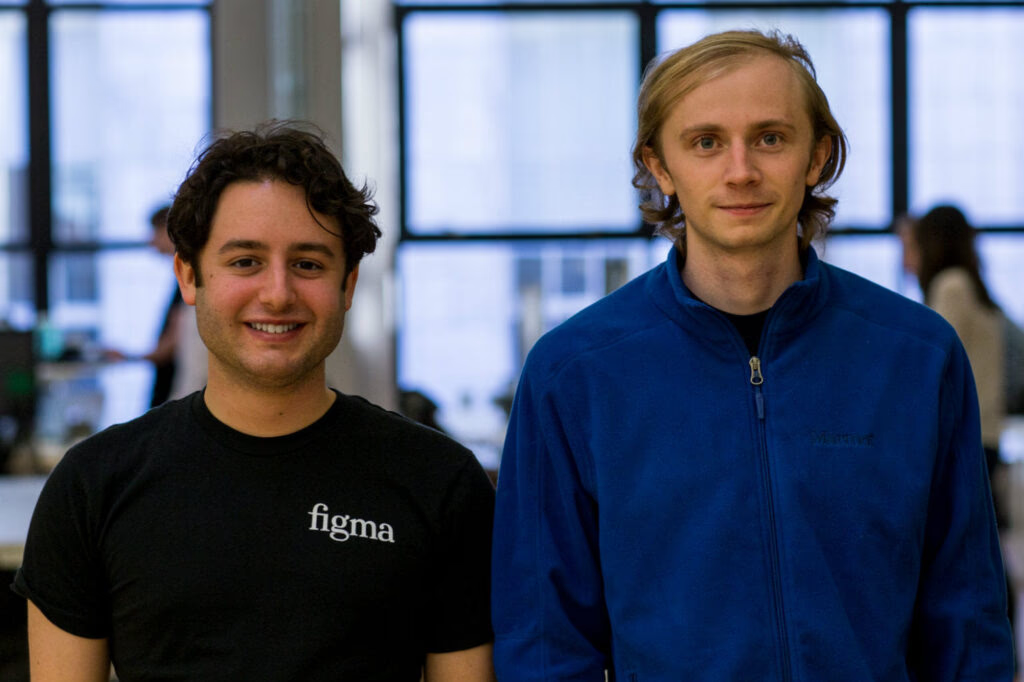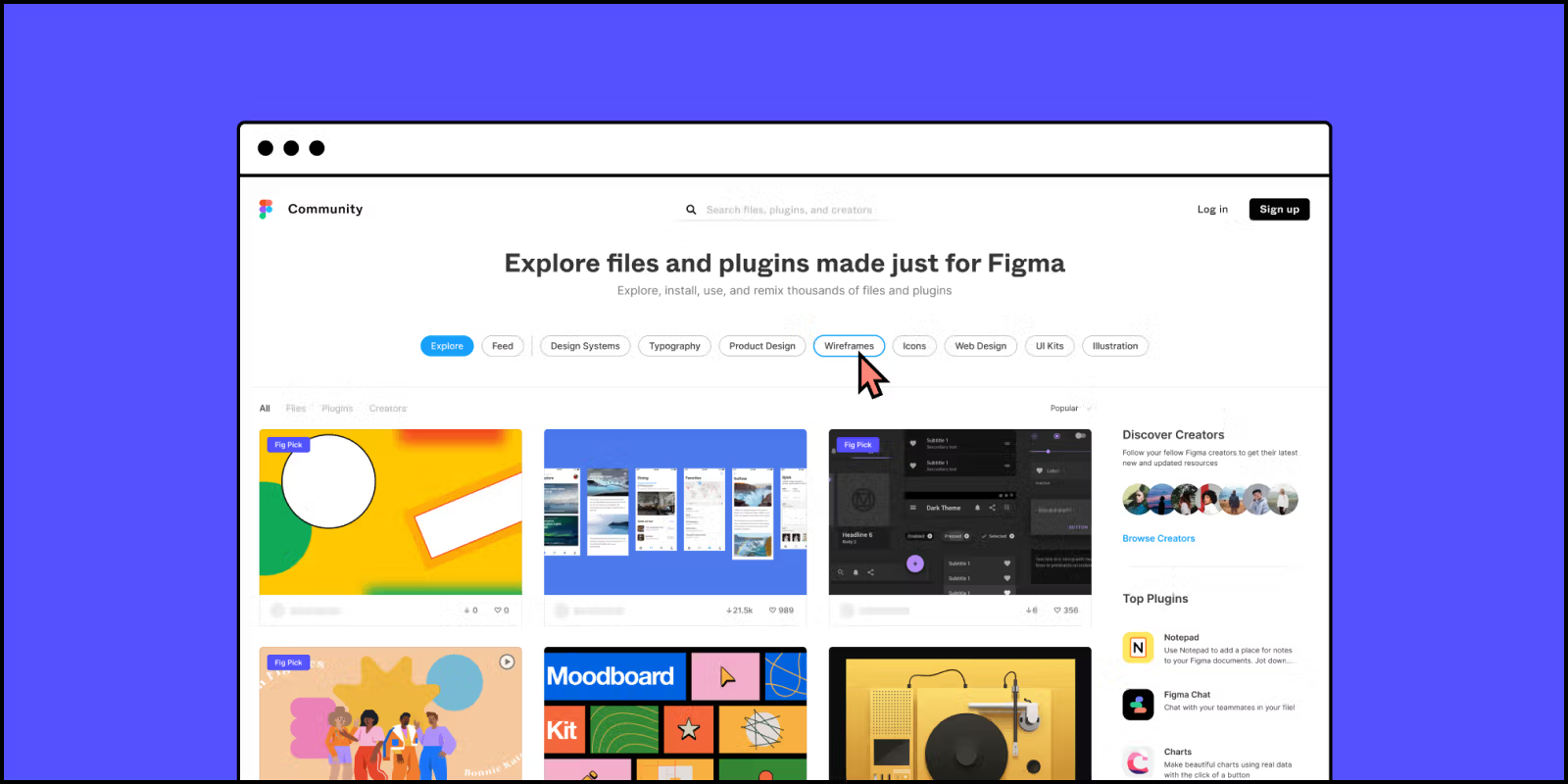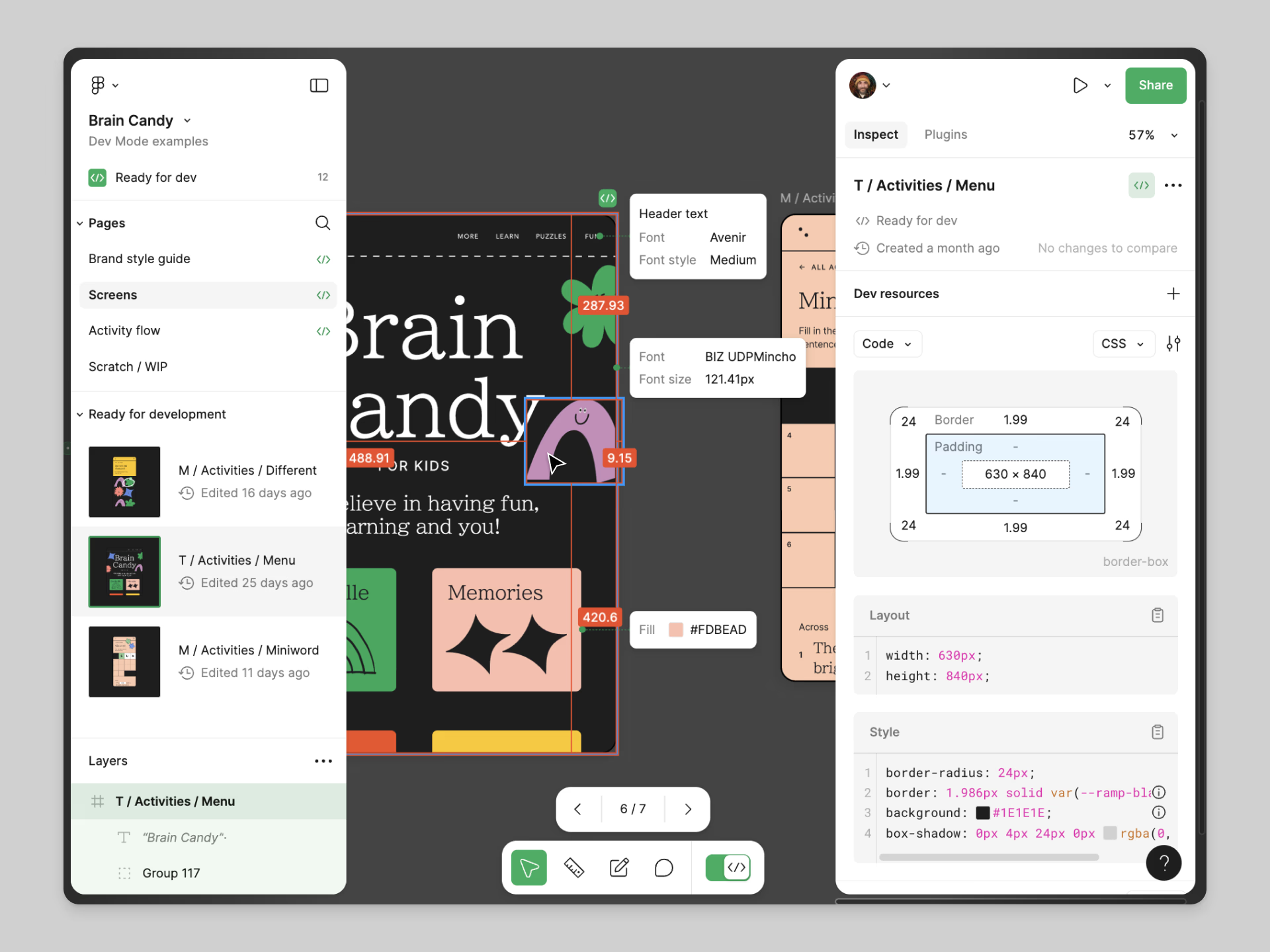At the beginning of every digital product and service we use, there is always ‘design’. For a long time, however, design felt like an exclusive fortress, accessible only to a small group of specialists. The tedious process of installing complex software, aligning versions, and sending files back and forth for every revision is a familiar pain point for many. It was at this juncture that Figma asked a completely different question.
“What if design wasn’t an exclusive fortress, but a public square open to everyone?”
Figma’s arrival wasn’t just the launch of another design or collaboration tool. It was a massive paradigm shift that transformed how products are built and the very culture of team collaboration. How did Figma break through a market solidified by Sketch and Adobe to establish itself as the ‘operating system for teams,’ captivating not only designers but also product managers, developers, and marketers? Behind its success lies a meticulous strategy and a human-centric philosophy that transcends mere technical choices.
🌐 Rewriting the Rules of Design Tools: The Era of ‘Access,’ Not ‘Installation’

Figma’s greatest innovation wasn’t the technology itself, but what it enabled. When Dylan Field and Evan Wallace, who met at Brown University, first envisioned their startup in 2012, their vision was clear: to create a design tool with real-time collaboration, just like Google Docs. To achieve this, they made the bold decision to build it on the browser. Handling heavy graphics processing in a browser was a monumental technical challenge at the time. In fact, co-founder and CTO Evan Wallace had to build a high-performance rendering engine from scratch within the browser using technologies like WebGL.
They chose this arduous path to realize the core value of accessibility. Traditional design tools were tied to specific operating systems or required expensive, individual licenses to be installed on a PC. This naturally created a high barrier between designers and non-designers. To check a design file, you had to ask a designer for a screenshot or go through the hassle of installing a separate viewer program.
After more than four years of development, Figma launched its public version in 2016, solving this entire process with a single ‘link’. As long as there was an internet connection, anyone, on any device, could access a design, see changes in real-time, and share feedback. It was a revolution comparable to the shift from emailing Word files back and forth to everyone collaborating simultaneously on a single Google Doc. This choice—to tear down the physical and psychological barriers of ‘installation’ and replace them with the concept of ‘access’—became the solid foundation for all of Figma’s future collaboration strategies.
🌱 Beyond a Tool, Into an Ecosystem: How Community Built the Platform

In its early days, Figma gained word-of-mouth traction among designers for its outstanding real-time collaboration features. But a true inflection point for its growth came in October 2019 with the launch of its ‘Community’ platform. This was a declaration that Figma intended to be more than just a well-made ‘tool’—it aimed to be a ‘platform’ that could evolve and expand on its own.
The plugin system was a smart move to leverage the power of collective intelligence instead of trying to solve everything in-house. It allowed users to create and add their own features based on their specific needs. This had the effect of infinitely extending Figma’s functionality and became a powerful incentive, drawing the developer community into the Figma ecosystem.
The Community platform took this a step further. It opened up a massive treasure trove of resources where users from around the world could freely share their own design systems, UI kits, and templates, and utilize the work of others. A junior designer just starting out could now learn by referencing the design systems of world-class companies, while a startup could accelerate its product development by using well-crafted templates.
These two strategies created a powerful virtuous cycle:
More users → More diverse plugins and community resources → Stronger value for Figma → Influx of new users
Through this ecosystem strategy, Figma transformed its users from mere ‘consumers’ into ‘participants’ and ‘contributors’ who co-create the platform’s value. This is the key driver that allowed Figma to widen the gap with competing tools and secure its dominant market position.
👨💻👩🎨 Design for Everyone: Becoming the ‘Operating System for Teams’

From the very beginning, Figma’s philosophy was rooted in the premise that Design is not just for designers. To bring this philosophy to life, it relentlessly expanded its user base. It shrewdly understood that once designers started using Figma, the product managers, developers, and marketers they collaborated with would inevitably follow.
The peak of this strategy is evident in its active courtship of ‘developers’. The handoff between design and development has traditionally been the part of the workflow most prone to communication bottlenecks. Countless hours and energy were spent trying to bridge the subtle gaps between the designer’s mockups and the actual developed product. In June 2023, Figma tackled this chronic problem head-on with the launch of ‘Dev Mode.’ Developers no longer have to guess CSS code by looking at a design; they can now inspect and copy the necessary values and properties directly within Figma.

It also lowered the barrier to entry for product managers and marketers. ‘FigJam,’ an online whiteboard tool launched in April 2021, brought the entire ideation process—from brainstorming and mapping user journeys—into the Figma ecosystem before any formal design work begins. This opened a path for non-designers, who may not be familiar with complex design tools, to naturally participate in the early stages of product development.
Ultimately, Figma provided tailored features for each role while seamlessly connecting them all within a single source of truth. According to recent data, around 30% of Figma users are developers, and non-designers account for about two-thirds of the total user base. This shows that Figma has truly evolved beyond a tool for drawing and handoffs into the de facto ‘operating system for teams,’ covering the entire product development lifecycle from ideation to final development.
🦄 Beyond a Design Unicorn, Towards an IPO
Like Figma’s story shows, the best products are born not just from offering superior features, but from a deep consideration of how to improve the ‘relationships’ and ‘workflows’ between people. By using technology to break down barriers, amplifying value through community, and redefining the essence of collaboration, Figma has made itself an irreplaceable presence.
The collapse of the $20 billion acquisition by Adobe in late 2023, due to regulatory opposition, turned into a new opportunity for Figma. The $1 billion termination fee it received from Adobe became a hefty war chest for the future, giving Figma the momentum to continue on its independent path. It has recently signaled its confidence in this independent growth by initiating the process for an Initial Public Offering (IPO). The company has also revealed ambitions to integrate AI to automate design processes and incorporate project management features, evolving into an even more complete team OS. It’s for all these reasons that the world is eagerly watching to see how Figma will change the way we work next.